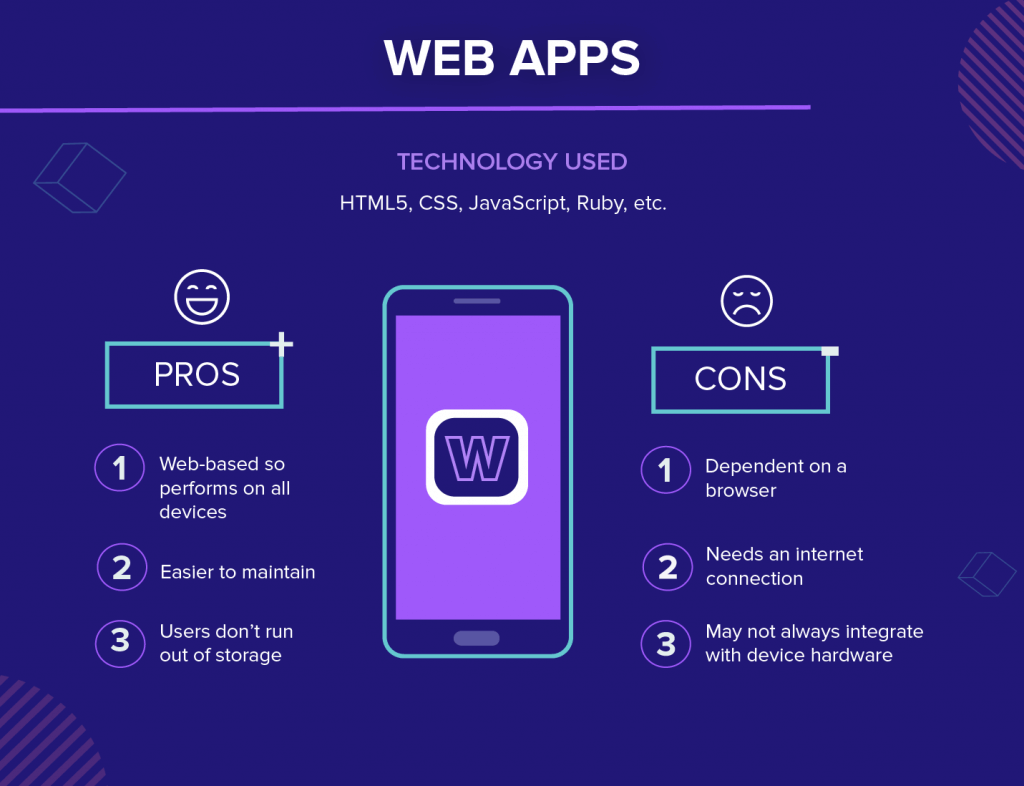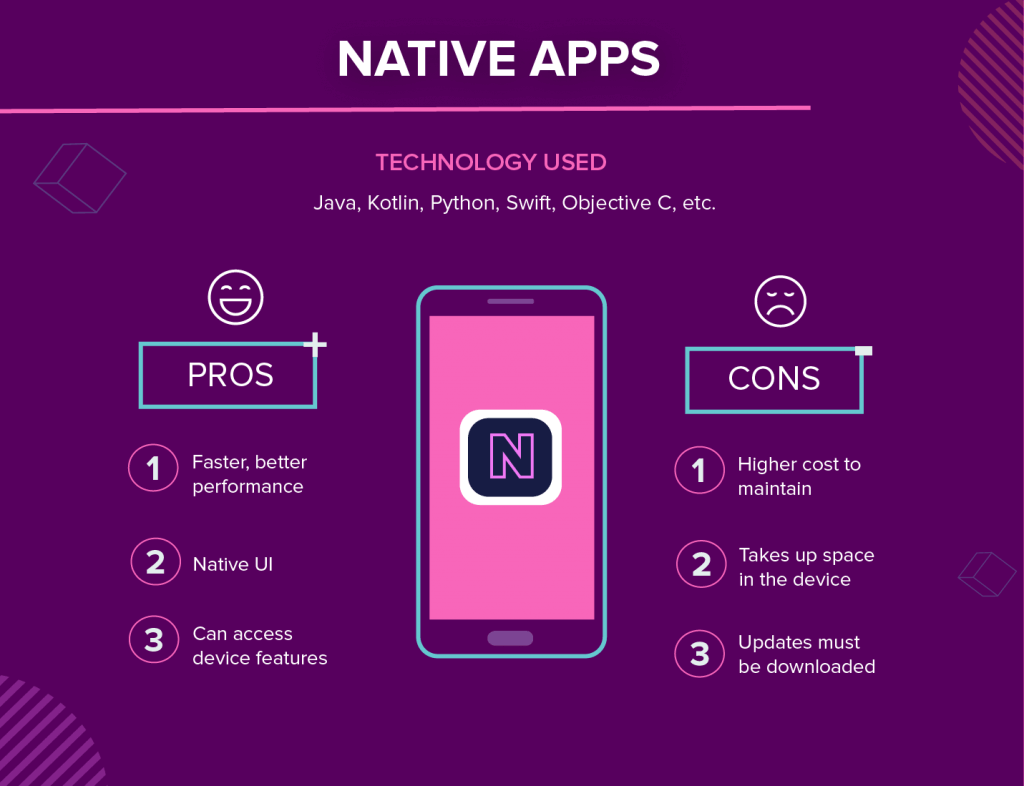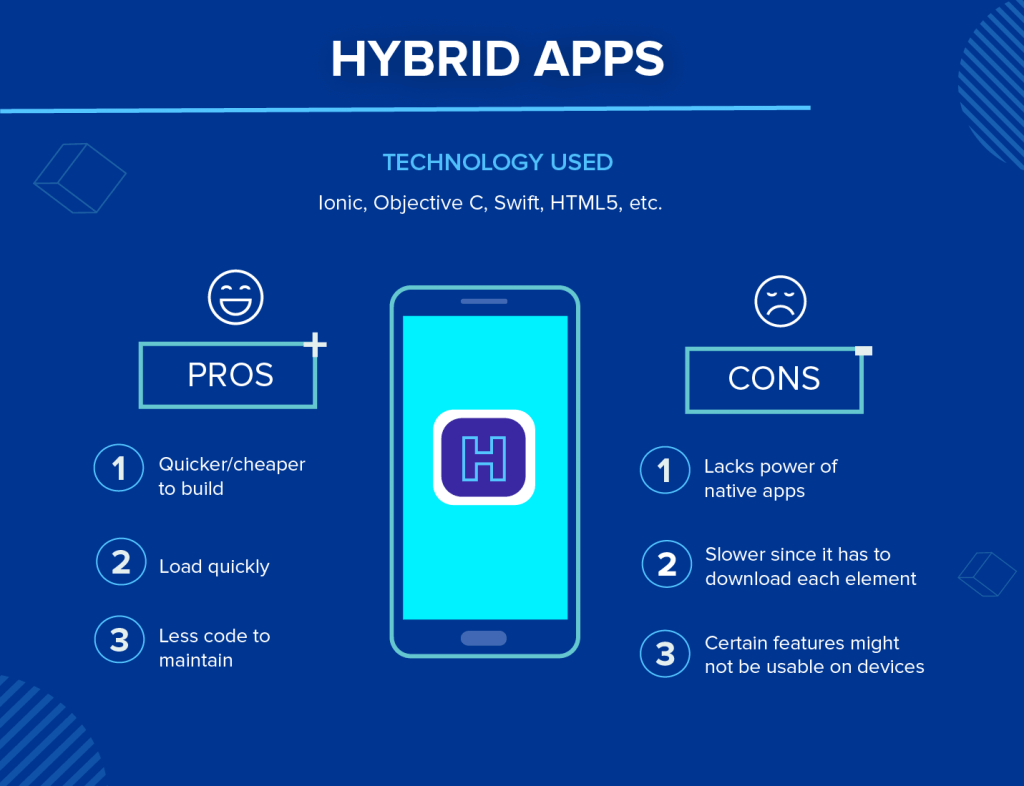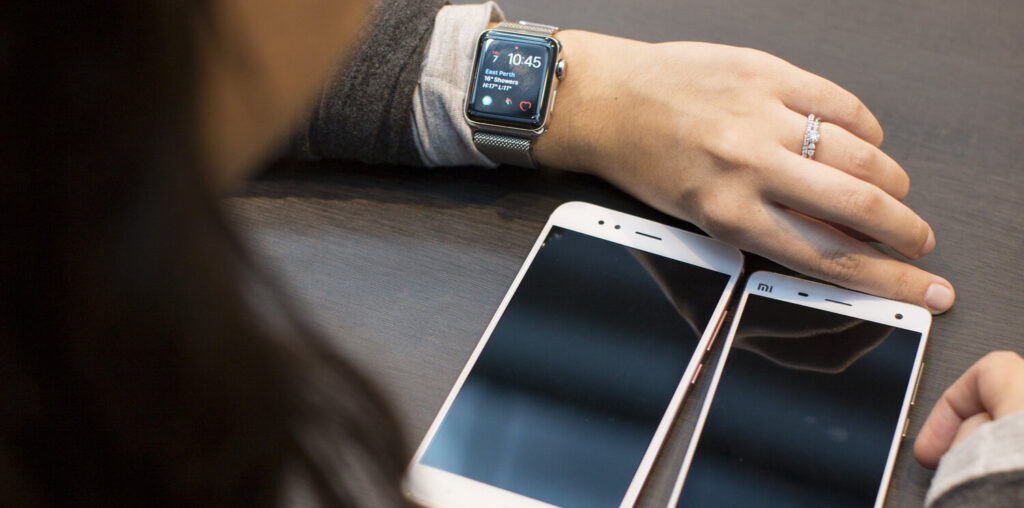Mobile apps – rapidly growing segment. They can be installed on tablets and smartphones, the quality of work depends on adaptation to a specific interface. Testing of mobile applications has its own characteristics, the basic principles are very different from the desktop. If the competitor’s program works better than yours, the user will go to a competitor. So invest in the development, testing and application refinement is necessary.
Features of mobile apps
Mobile apps have a number of differences from PC apps and should be taken into account when testing. The mobile device is devoid of powerful productive filling, so run like a PC will not. In order for the phone or tablet not to slow down, the application must be functional and light at the same time. The abundance of visual effects promotes long run applications.
In mobile devices may have different resolution, the screen size is always small. Also, after launch, the application should not interfere with the functions of calls (receiving, making calls). Phone operating systems quickly become obsolete – a problem the developer to create such a software that will work without failures and fixes a number of years.
Another difficulty in the mobile application is associated with a constant search for the network device, and the data rate can be very different. Well, if the basic mobile version will be correctly loaded on ios and android, regardless of the speed of the Internet.
Program types
Types of mobile applications available today:
- Basic mobile – similar web site, opens in a mobile browser on a smartphone or tablet. The development is simple, updates are not difficult, there are no problems with access. Setting the unit for this type of application is required. There are also disadvantages – lack of support for autonomous functions, limited functionality, complexity, with the redistribution of the App Store and Google Play stores.

- Native – that is designed strictly for one mobile platform. Ability to work offline, the device activates the complete list of features, an advanced user interface. For the convenience of users, there are push notifications. The main disadvantage of the solution – the high price, will also have to invest regularly in maintenance service programs.

- Hybrid – combined version of the mobile and the native software. Speech about displaying the contents of the site in your mobile browser in normal application format. Profitability better than the native application, the browser built-in, easy spreading. The speed of work is average, the adaptability of graphics to operating systems is also worse than in the previous version.

Testing features
When the design of the application has already been developed, specialists move on to testing, which has a clear strategy. Checks should be done on a smartphone or tablet – this will give the most accurate results. The procedure for the selection of gadgets:
- Analyze the market offers, to assess consumer demand.
- Select top unit (in terms of popularity, not price), always with a different OS.
- Pick up gadgets with different screen resolutions.
- Compare the parameters of memory, compatibility, connectivity, etc.
- Start testing.
When to use a smartphone or tablet is inconvenient or impossible, resort to simulators. They simulate the functionality and behavior of gadgets, create conditions for the implementation of the full testing process, and allow you to find errors. The lack of an emulator – it does not copy the hardware, but only allows you to configure a similar environment. The accuracy of the results is reduced.
To test the performance, especially the application can be using cloud technologies. They are available, allow you to make the launch of programs to multiple systems simultaneously, to manage operations in the cloud. The scalability is excellent, there are technical possibilities for parallel runs. The security level is mediocre, the dependence on the connection speed is significant.
Although the resources are tested mostly in an automated mode, some manual work is still performed. Yes, they are energy-intensive, but they are as accurate and flexible as possible, and are quite profitable in the short term. Manual testing simulates perfectly real user actions. Some operations can not be executed because, test yourself slow.
Testing stages
How to test mobile apps in stages:
- Check the documentation – a preparatory stage. Testers receive detailed navigation programs, device screen diagrams, and analyze data taking into account their inconsistency and completeness. Any contradictions must be resolved before the start of the development of operations.
- Conduct functional testing – it is responsible for the operation of applications in accordance with the established requirements. It is necessary to ensure that the program solves the problem and fully copes with the current functions prescribed in the specifications.
- Assess usability – the convenience of the application for the user, the clarity of the interface, compliance with the applicable standards. In the first place to look at the efficiency, effectiveness and convenience.
- Check the user interface – to make sure that it complies with specifications. It’s about screen resolution, availability on different devices, the correct location advertising windows (they do not need to close the important information).
- Calculate the performance – setting, which is responsible for the stability of operation of the decisions of resource consumption indicators, the maximum allowable load.
- Ensure an adequate level of security – it is responsible for the risks in providing a holistic approach to protecting applications from viruses, hackers, unauthorized access to personal information.
- Check the quality of recovery – that is, the ability of software to recover from failures due to software errors, equipment, communication problems. Emergency cycles are inevitable, the question is whether a specific program to cope with them.
- Localization test – that is, applications adaptation to the needs, the interests of a specific audience. It’s about language support, translation accuracy, correctness of the date format, the presence of separators in numbers.
- Check changes – after the initial correction of the code will be made adjustments. You need to make sure that they are done correctly and in full.

When this is done, perform beta testing. It’s about debugging and testing the beta version of the program. It is necessary to identify as many errors as possible in order to eliminate them further.
Certification testing aimed at checking compliance with the requirements of the finished program on different operating systems. There is a whole set of rules and regulations, all of them must be followed.
Until testing is necessary to carefully examine the application to analyze all of its features. Do not forget about the differences between mobile and desktop versions, if possible, carry out checks on gadgets running under different operating systems. Emulators and simulators also give useful information, but they are not enough. Finally – remember the human factor is a plus not automate everything.
Conclusion
To work correctly, the mobile application is always necessary to do testing to avoid some errors, freezes and other problems. We have already sorted out about what you need to pay your attention, but if you want your application to run without error and bring you profit, rather than a headache – it is necessary to address to experts. Our studio Lampa has been bringing the most complex projects to life for many years! Please contact us for advice and we will develop a functional application of your dreams.
By the way with all the mobile apps advantages for business you can read our updated article!




